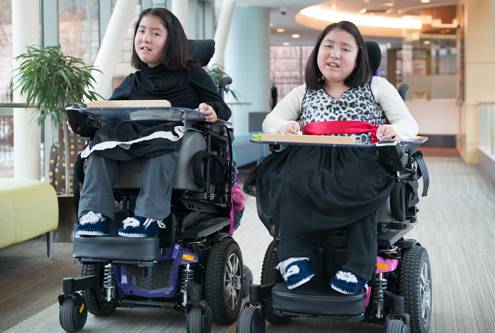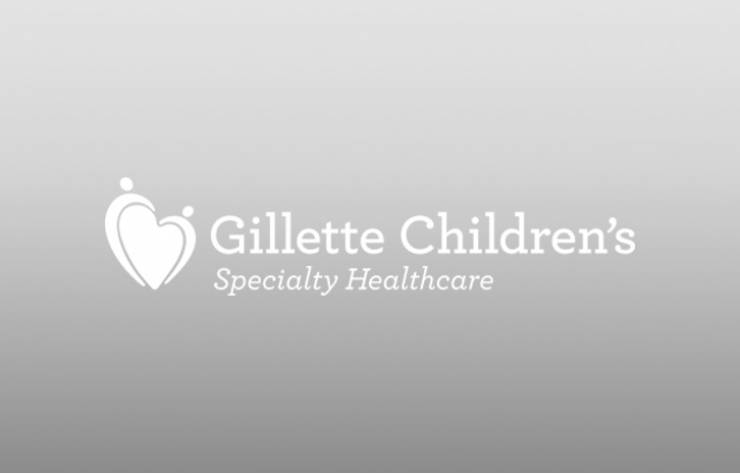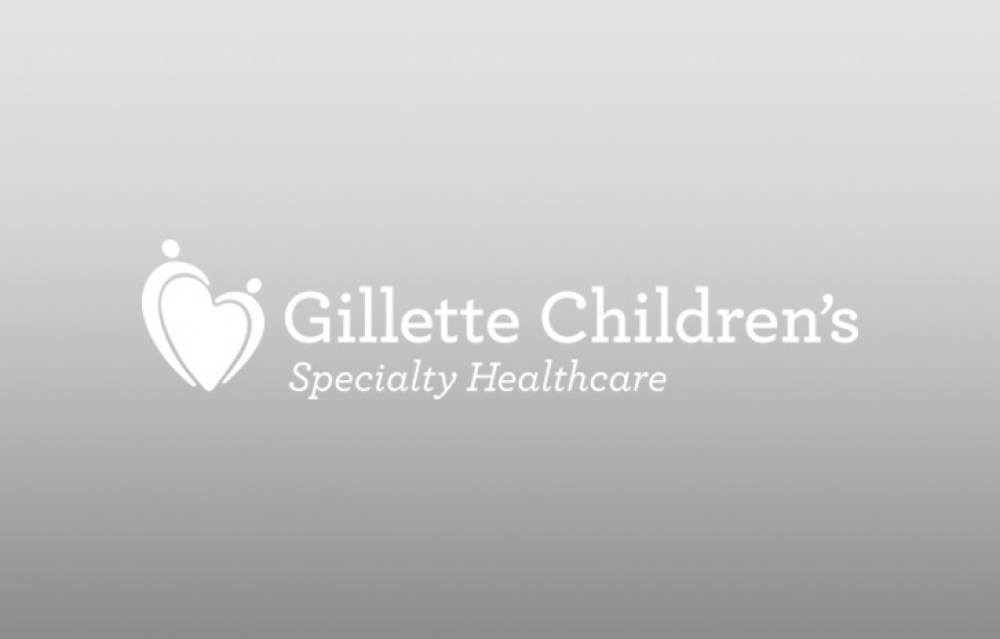-
{care_team_members status="Open|hide from care team page"}
-

{care_team_members:ct_first_name} {care_team_members:ct_last_name}
{care_team_members:ct_full_title}
{/care_team_members}
person:channel_short_name: {person:channel_short_name}
person:
title: {person:title}
-
{links}
{/links}
No category selected to display locations. Locations Dynamic
-
{locations}
- {locations:title} {/locations}
-
{widget}
{widget:widget_content}
- {widget:widget_content:tab_title} {/widget:widget_content} {/widget}
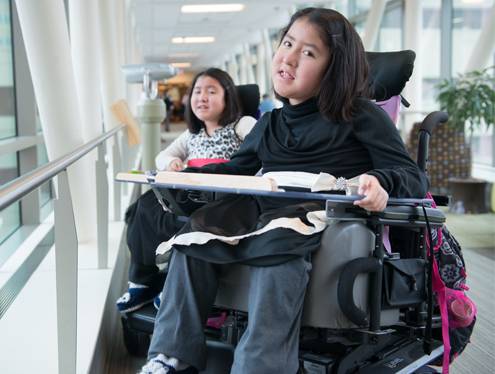
Giggling as they race down the skyway, Kiara and Keisy Vazquez Renteria make bets on who will win. The 10-year-old twins look mostly identical, even down to their superfast power wheelchairs.
That’s right. Kiara and Keisy aren’t running their race. They’re wheeling—or, more accurately, they’re zooming. The girls share a diagnosis of muscular dystrophy, a progressive condition that results in muscle weakness and lost mobility.
They’ve got each other’s backs
According to their mom, Sara Vazquez, the girls’ personalities couldn’t be more different. “They complement each other,” she says. “Kiara is more reserved. She observes first. Keisy is spontaneous. She doesn’t know danger. I sometimes joke that Kiara is Keisy’s mother.”
Despite their yin-and-yang personalities, Vazquez describes Kiara and Keisy as close. “They take care of each another and look out for each other,” she says of the girls, who play wheelchair soccer and attend Muscular Dystrophy Association (MDA) summer camp together. Keisy and Kiara also share a love of Disney princesses like Elena of Avalor—they remark that she’s a Latina, like them—and Frozen’s Elsa and Anna.
Coping with difficult news
Kiara and Keisy were born at just 27 weeks, so Vazquez and her husband, Michelle Vazquez Trujillo, initially thought prematurity explained the motor delays both girls were experiencing. Their pediatrician suspected something more and referred them to Gillette at age 1.
Testing at Gillette revealed a surprising blow: the girls had muscular dystrophy. “All this was very new for our family,” explains Vazquez. “Gillette helped us cope, helped us understand the girls’ situation.”
Kiara and Keisy became patients at the hospital’s Neuromuscular Clinic, which integrates neurologists, rehabilitation medicine specialists, pulmonologists, cardiologists and orthopedists to treat kids who have conditions like muscular dystrophy. They also began physical, occupational and speech therapy.
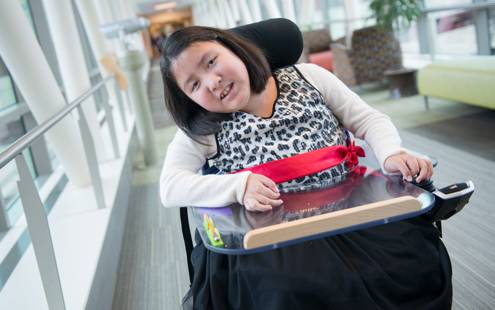
“No matter the steps you take, it’s something that will continue to progress,” acknowledges Vazquez. “We’re fortunate that Kiara and Keisy have been, for the most part, healthy girls.”
Instilling a sense of belonging
The girls’ parents emphasize to Kiara and Keisy that nothing is “wrong” with them. They do chores, go to school, and have the same responsibilities as their older siblings. “The key is to treat them as equals,” says Vazquez, “and they will see themselves as equals. Of course we help them more. But we don’t treat them differently.”
This philosophy, says Vazquez, is reinforced during visits to Gillette. “They see kids who have similar conditions, other kids in wheelchairs. It’s a comfortable environment where they feel like they belong.”
Kiara and Keisy’s family has learned not to worry about the future; to appreciate each day. It’s not only because of the girls’ condition, explains Vazquez. “It’s anyone in our family—you never know if someone isn’t going to be here for the next day. So we live day by day and enjoy every moment.”
